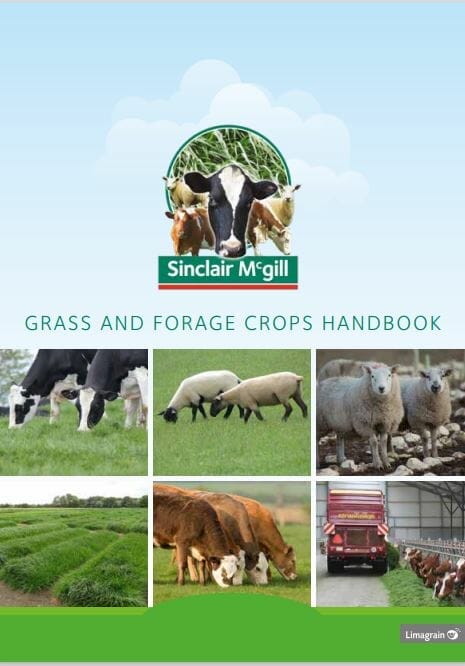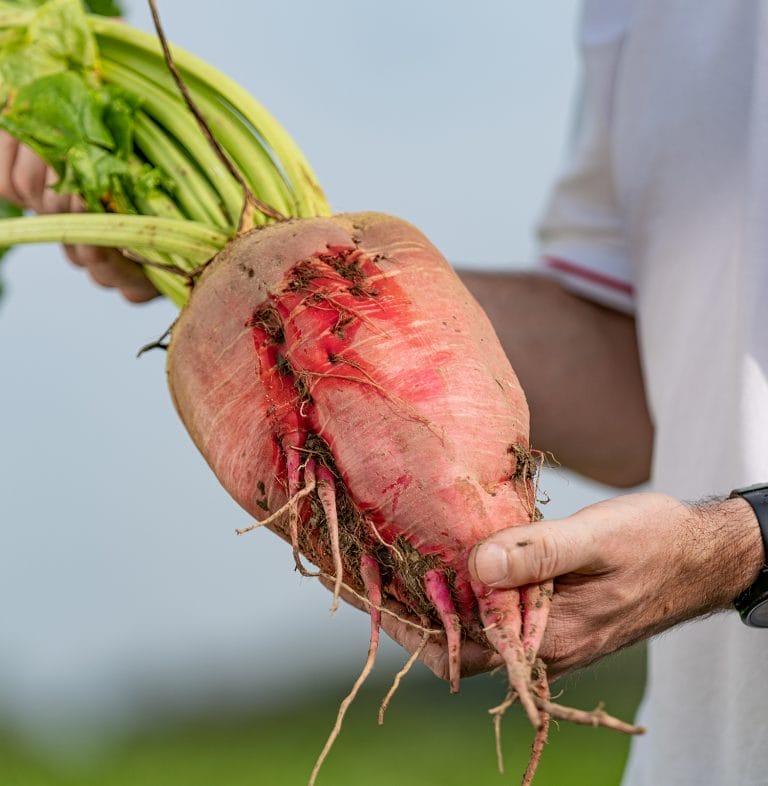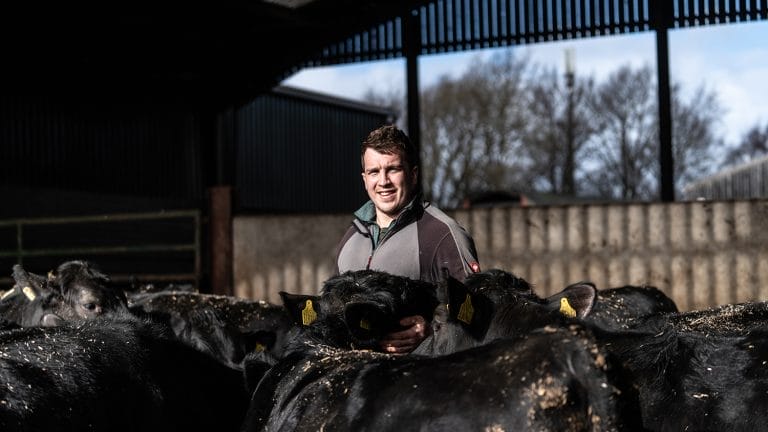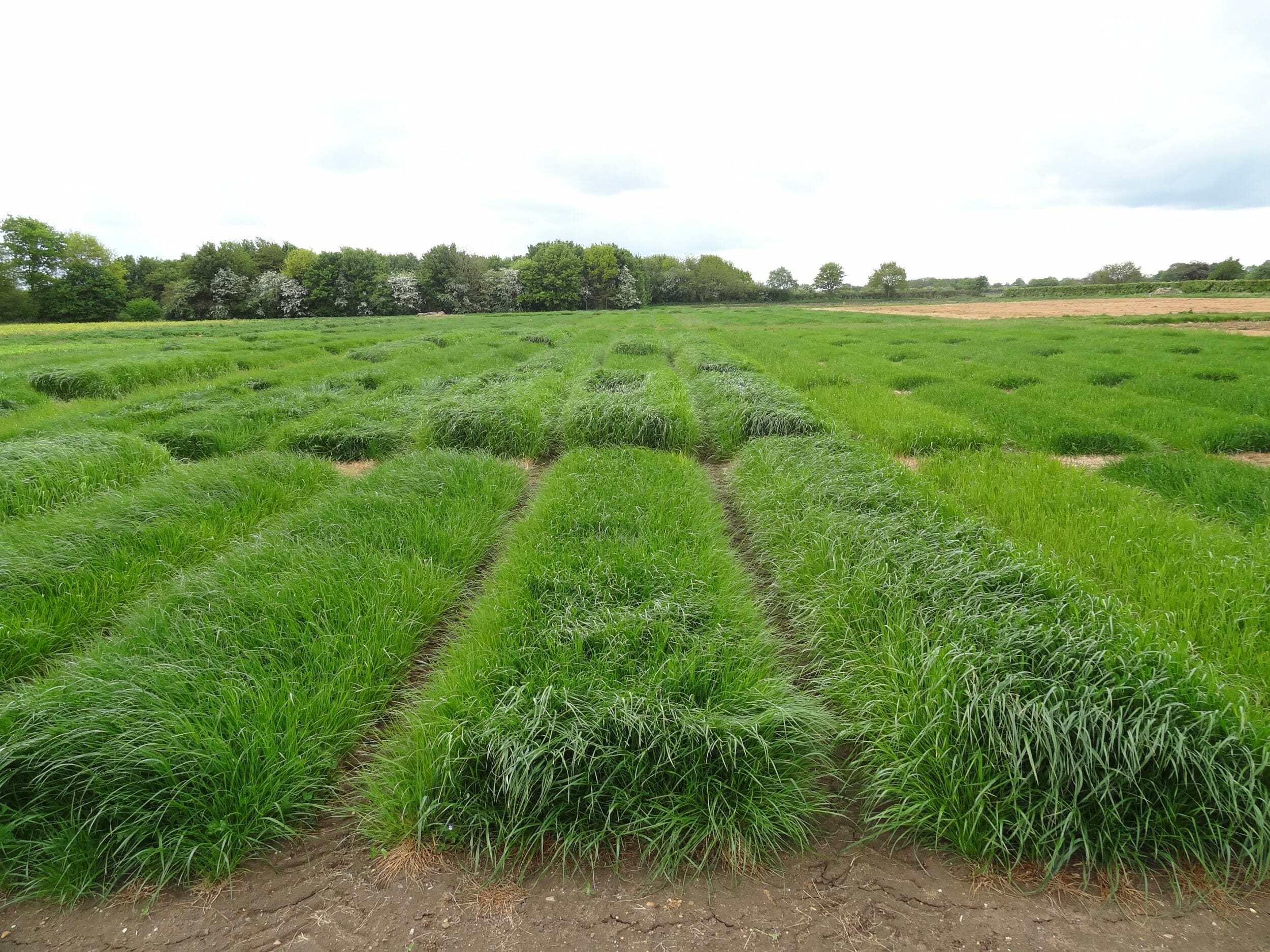
Reseeding – or at least overseeding – every five years is essential for dairy farmers taking grassland productivity seriously.
This costs between £550 a hectare and £850 a hectare, according to Limagrain UK’s forage crop manager John Spence.
“Of this, between 25% and 30% will be spent on seed, if you opt for a high quality mixture, or around 20% for a standard mixture” he says, adding that cutting corners here amounts to a false economy.
“There’s a big difference between a good and a standard seed mixture, in yield and feed value,” he adds, “yet it costs the same to carry out the work and only a small difference in seed costs.
“And there’s a great deal of knowledge and skill that goes into designing our best seed mixtures, and into the testing and trial work before they even hit the shelves. Farmers would be foolish to dismiss this.”
The UK’s Recommended Lists are compiled annually by a panel of industry specialists. There’s a constant influx of new varieties pitching for a place on this list.
Be discerning when choosing seed mixtures
“The selection process is pretty robust though,” adds Mr Spence. “A newcomer has to show a clear improvement on existing varieties, based on extensive trials, before being accepted, such as yield, metabolizable energy, D value and ground cover.”
 There are also secondary characteristics that are considered, more specific to the type of grass, such as disease resistance, and seasonal yield, and winter hardiness.
There are also secondary characteristics that are considered, more specific to the type of grass, such as disease resistance, and seasonal yield, and winter hardiness.
Much of the forage quality trial data used by the selection panel is based on results in the early growing season; something Limagrain is keen to complement with its own data from trials that run throughout the whole growing season.
“The more data we have, the better we can understand a variety’s strengths, so we use the recommended list trial data alongside our own before selecting varieties for our mixtures,” he adds. “We compare varieties on their seasonal performance and also their year on year results, so we take their lifetime performance into account.
“This additional data highlights the ‘staying power’ of the variety right across the season, so it’s important information for growers, and for us as we select varieties for our mixtures.”
Pick and mix
The second, and equally important stage, in selecting the right grass seed is choosing a mixture of varieties that work well together. Designing these mixtures lies with the individual grass seed companies and the mixture’s success is dependent on their skill and expertise.
 These mixtures should build on the characteristics of individual varieties, particularly when it comes to yield. “But the varieties should also complement each other, and this will be particularly evident in feed value. This is an increasingly important component of home-grown forages in the light of record highs for bought-in feed prices,” says Mr Spence.
These mixtures should build on the characteristics of individual varieties, particularly when it comes to yield. “But the varieties should also complement each other, and this will be particularly evident in feed value. This is an increasingly important component of home-grown forages in the light of record highs for bought-in feed prices,” says Mr Spence.
“It’s important to use the right ingredients – or varieties – for each mixture, depending on its purpose. For example, the varieties used in a cutting mixture should prioritise yield while maintaining high feed value at silage time, whereas varieties for grazing need to perform throughout the season, with dual-purpose mixtures s carefully balancing the two key parameters.”
Put to the test
Limagrain compares its own mixtures and other commercially marketed mixtures in field trials. It’s been running since 2013, when it introduced a yield and feed value stamp of approval to the best; those achieving high performance in both areas.
“We’re the only company in the UK to have a bank of data on the performance of grass seed mixtures that is updated annually. It’s enables merchants and farmers to check out the latest ranges”.
The feed value of grass mixtures is measured using near infra-red – NIRS – spectroscopy. “We have a benchmark for energy, sugar, protein and digestibility components. Mixtures achieving or surpassing these, and meeting our benchmarks for yield, carry the LGAN accreditation.” 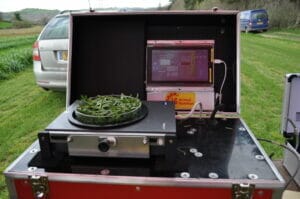
Popular mixtures for dairy farmers that carry the LGAN accreditation in the company’s Sinclair McGill range include Colossal Silage – a short term ley for cutting, dual-purpose Prosper and one of the best grazing mixtures available, Turbo.
“Take Turbo, this has five perennial ryegrasses in its mix – two intermediate and three late varieties. Within these are three tetraploids and two diploids. It also includes the grazing Festulolium Matrix and a white clover blend.
“So we have species that can withstand drier conditions, have exceptional yield characteristics, can fix nitrogen and provide growth through the season. And the Matrix grows at cooler temperatures so gives ‘shoulders’ to the crop in spring and autumn. And collectively this mix meets the LGAN combined feed value and yield benchmarks.”
Trial results show the value of improved grass seed mixtures. For example, the relative dry matter four-year mean yield for Turbo was 4% above the control, and the four-year mean sugar (WSC) content to digestible fibre (dNDF) placed Turbo ahead of the other mixtures on the trial, as shown in Figure 1.
Fig. 1 Four year sugar (WSC) (%) vs dNDF (%)
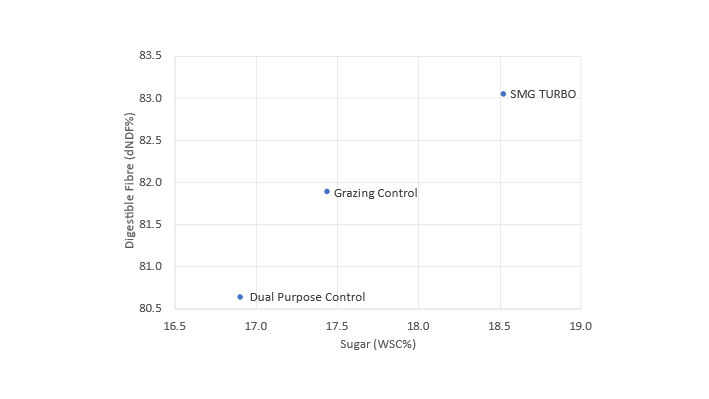
Figure 2 shows the added value of high feed value seed mixtures in milk income. “An extra 1% in digestible fibre from forage can add 0.25kg of milk a day, and based on the performance of Turbo across four years, this gave an additional £81 per cow per year based on 300 milking days.
“The benefit is even higher when we consider savings from bought in feeds and a higher milk price.”
Fig 2. Turbo vs Long term dual-purpose ley – performance 2017-2022
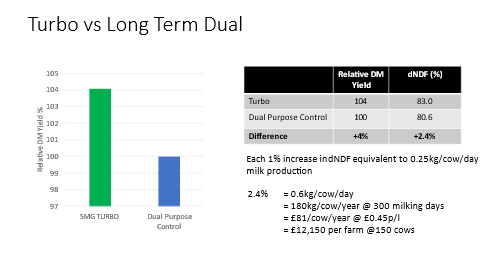
Quality control
No ‘full package’ seed mixture would be complete without quality checks. If you buy a premier seed mixture you expect high quality clean seed,” adds Mr Spence. “There are legal standards for germination and purity and there are higher voluntary standards.”
The standard level for germination is 80% and 96% of the seed must be pure. The higher voluntary level for purity is 98%. Limagrain adds another 10% to this germination level and tests seed every six months to make sure standards are maintained. 
A top quality grass seed mixture could cost £230 a hectare, for example, compared with a standard of the shelf mixture at £175 a hectare, at a standard sowing rate of 35kg of seed per hectare for a reseed.
If there’s a difference of 10% in germination and 2% in purity, this brings the cost per viable seed to a similar cost. But the higher quality mixture will have the yield and feed value assurances too.
“So farmers can afford to be discerning and spend their money on a mixture with a pedigree – a background of reliable recommended varieties, with supporting trial data compiled into a mixture that is proven to do the job they want it for.”
Top Tips
- Know what you want the sward for – grazing, cutting, dual-purpose?
- Review your own farm’s growing season
- Look at a mixture’s ‘pedigree’ – trial data, yield and feed value characteristics, quality and germination assurances
- Avoid mixtures with limited information on varieties and/or lack of trial data in UK conditions
Find out more
To see the full range of Sinclair McGill mixtures and find your nearest distributor, click here
To download the Sinclair McGill Grass and Forage Handbook, click here






























